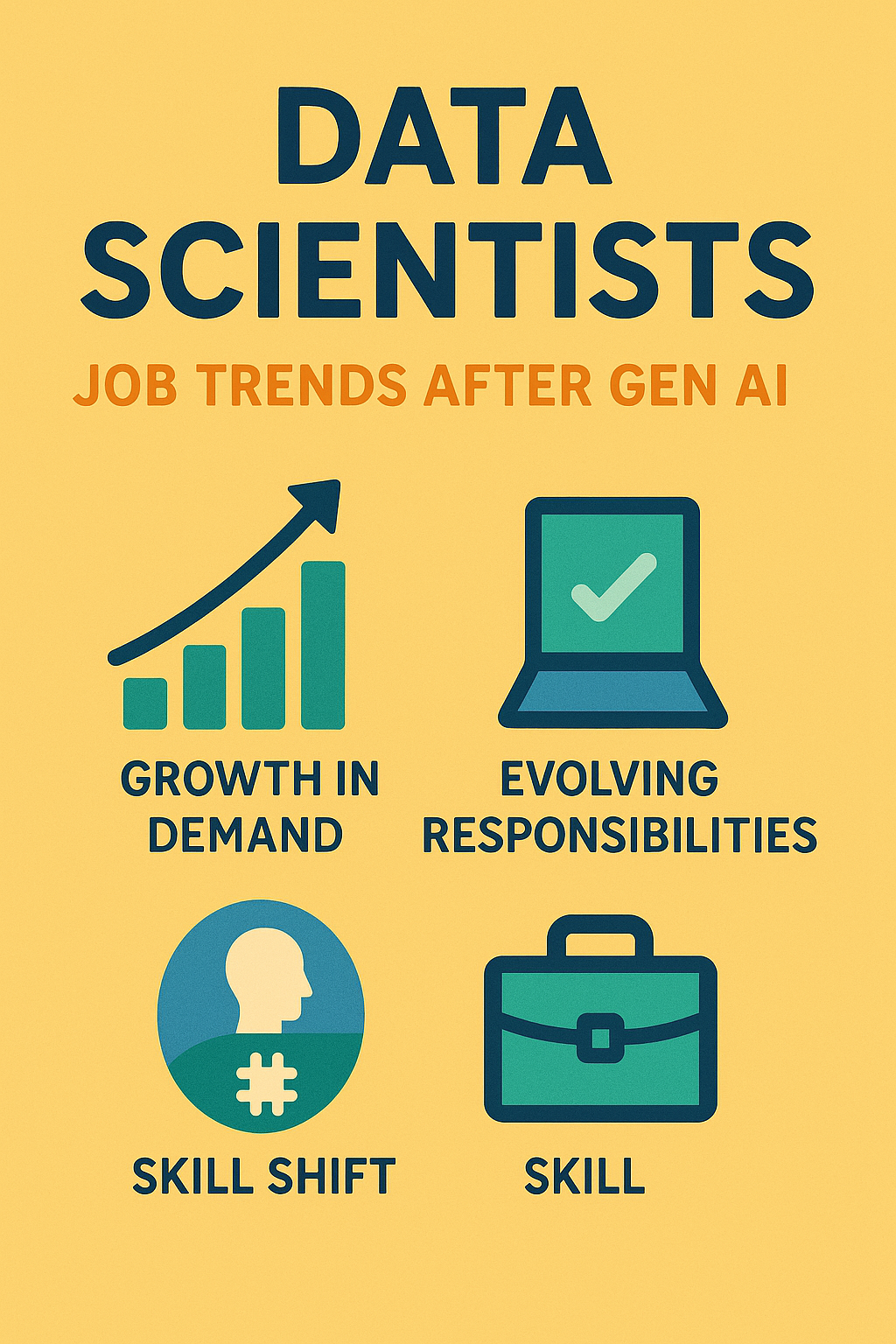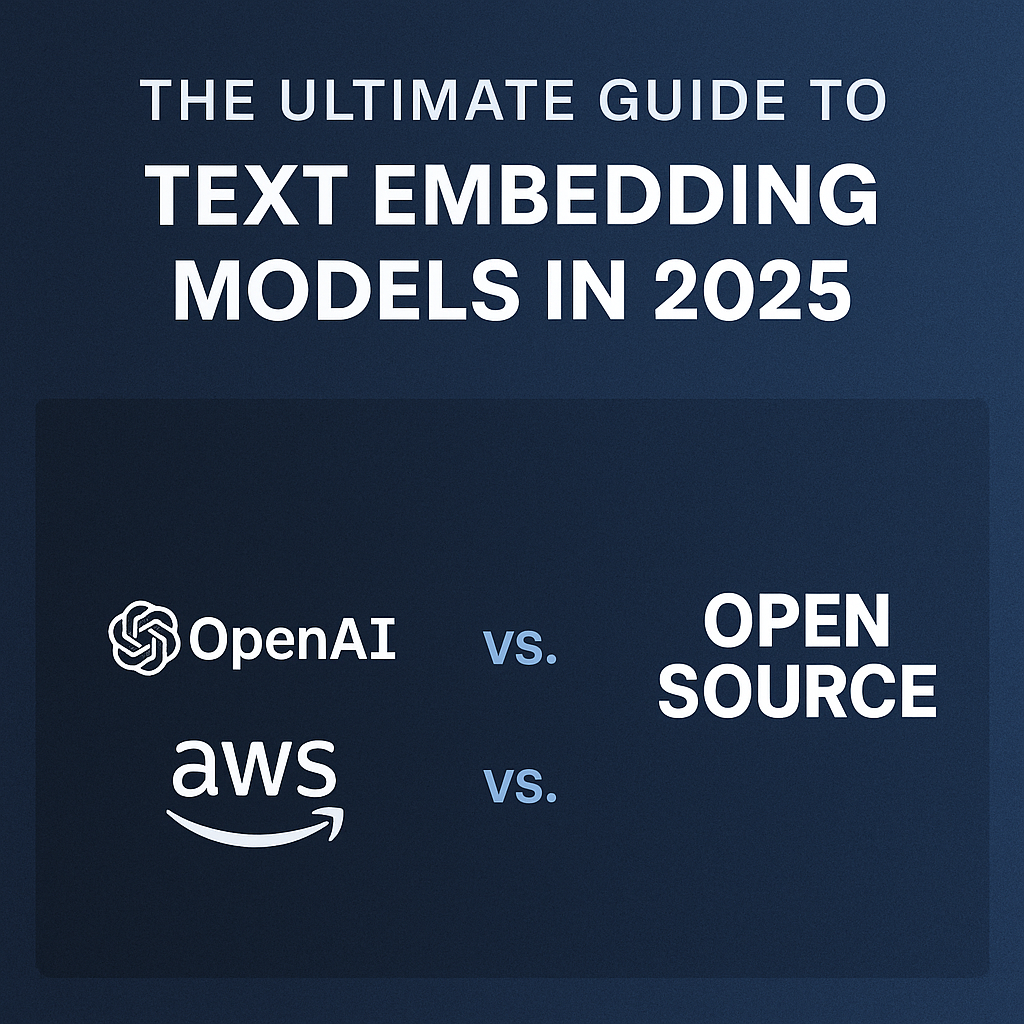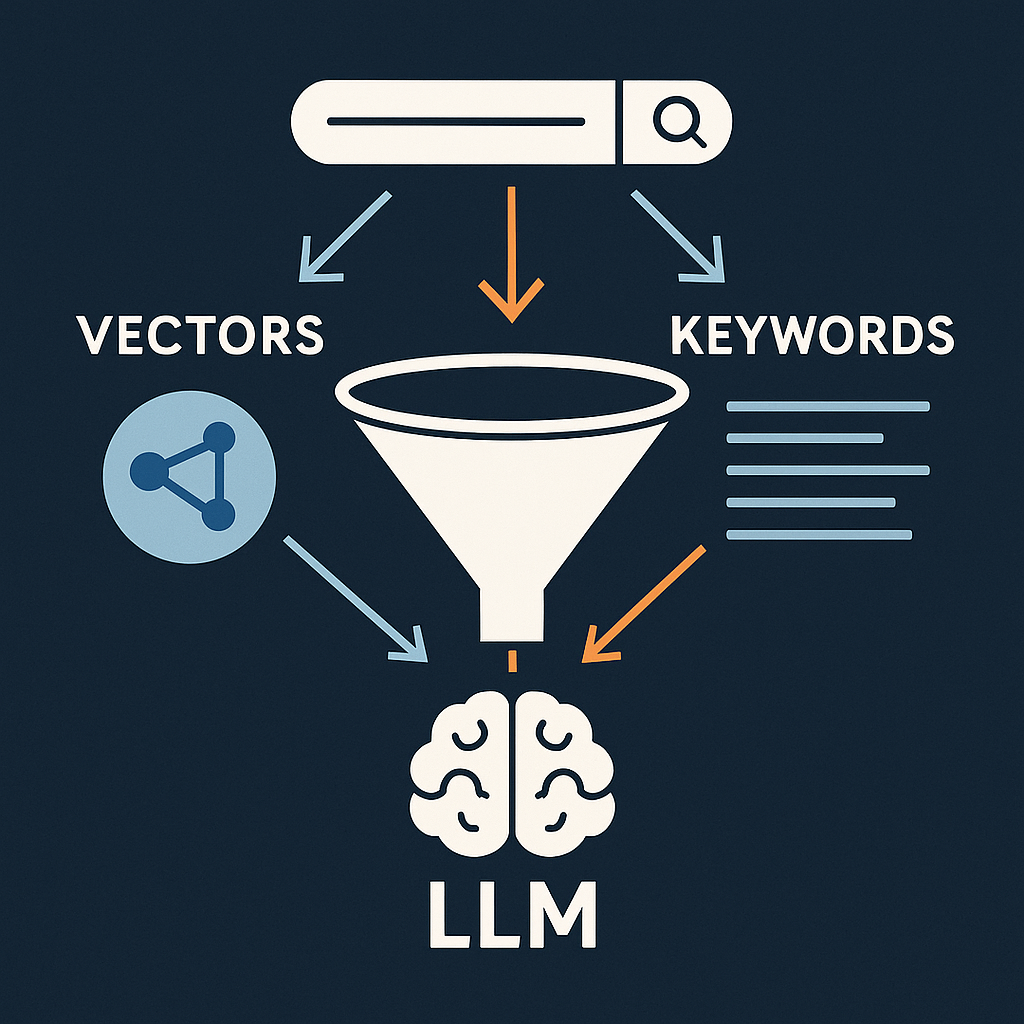A comprehensive report analyzing the 2025 U.S. job market for software developers, software engineers, software architects, data engineers, and data scientists. This analysis covers salary trends, job growth projections, in-demand skills, remote work patterns, and hiring challenges. Each role is examined individually, with relevant groupings to highlight industry-wide patterns.
2025 U.S. Job Market Report: Software & Data Roles
Overview: The tech job market in 2025 remains robust for key software and data roles. Software developers, software engineers, and software architects continue to see strong demand alongside data engineers and data scientists. These professions offer high salaries (often well into six figures) and are projected to grow much faster than the average U.S. occupation. Industry experts note that the market has stabilized after recent volatility, with tech unemployment around 2%. Emerging technologies like artificial intelligence (AI), cloud computing, and big data are reshaping required skill sets and driving demand. Remote work remains a key factor, and many tech professionals work remotely or in hybrid arrangements, even as some companies encourage a return to office. Below, we break down the 2025 trends for each role in terms of salary, growth, skills, remote work, and hiring challenges.
Continue reading





